Introductions
Introduction of ATR-72:
The ATR 72 is a twin-engine turboprop, short-haul regional airliner developed and produced in France and Italy by aircraft manufacturer ATR (French: Avions de transport régional or Italian: Aerei da Trasporto Regionale), a joint venture formed by French aerospace company Aérospatiale (now part of Airbus) and Italian aviation conglomerate Aeritalia (now Leonardo S.p.A.). The number "72" in its name is derived from the aircraft's typical standard seating capacity of 72 passengers.
During the 1980s, French aerospace company Aérospatiale and Italian aviation conglomerate Aeritalia merged their work on a new generation of regional aircraft. A new jointly owned company, ATR, was established to develop, manufacture, and market their first airliner, which was later designated as the ATR 42. On 16 August 1984, the first model of the series, designated as the ATR 42-300, performed the type's maiden flight. During the mid-1980s, the ATR 72 was developed as a stretched variant of the ATR 42. On 27 October 1989, Finnish airline Finnair became the first airline to operate the type in revenue service. The ATR 72 has also been used as a corporate transport, cargo aircraft, and maritime patrol aircraft.
To date, all of the ATR series have been completed at the company's final assembly line in Toulouse, France; ATR benefits from sharing resources and technology with Airbus SE, which has continued to hold a 50% interest in the company. Successive models of the ATR 72 have been developed. Typical updates have included new avionics, such as a glass cockpit, and the adoption of newer engine versions to deliver enhanced performance, such as increased efficiency and reliability and reductions in operating costs. The aircraft shares a high degree of commonality with the smaller ATR 42, which remains in production as of January 2023.
Introduction of Tuninter (Tunisair Express):
Tunisair Express is an airline based in Tunis, Tunisia that was founded on 1 August 1991. Formerly known as Tuninter and SevenAir, its parent company is the national carrier Tunisair. It operates to destinations within Tunisia as well as some services to Italy, France, and Malta.
Introduction of Tuninter Flight 1153:
Tuninter Flight 1153 was a Tuninter Airlines international flight from Bari International Airport in Bari, Italy, to Djerba-Zarzis Airport in Djerba, Tunisia. On 6 August 2005, the Tuninter ATR 72 ditched into the Mediterranean Sea about 18 miles (29 km) from the city of Palermo. Sixteen of the 39 people on board died. The accident resulted from fuel exhaustion due to the installation of fuel quantity indicators designed for the ATR 42 in the larger ATR 72. It was also Tuninter's first fatal accident in the 14-year history of the company.
The flight was under the command of 45-year-old Captain Chafik Al Gharbi, a skilled and experienced pilot with a total of 7,182 flight hours. The co-pilot, 28-year-old Ali Kebaier Al-Aswad, had logged 2,431 flight hours. Both the captain and co-pilot were well-acquainted with the ATR 72, having accrued 5,582 hours and 2,130 hours in it, respectively.
The aircraft, an ATR 72–202, had its fuel quantity indicator (FQI) replaced the night before the flight, but technicians inadvertently installed an FQI designed for the ATR 42, a similar but smaller airplane with smaller fuel tanks. Ground crews and the flight engineer, relying on the incorrect readings from the newly installed FQI, loaded the aircraft with an inadequate amount of fuel for the flight.
On the flight from Bari to Djerba, both engines cut out in mid-flight. The aircraft's right engine failed at 23,000 feet (7,000 metres). The aircraft began to descend to 17,000 feet, but 100 seconds after the right engine failure, the left engine also failed at 21,900 feet (6,700 metres). The flight crew did not detect the fuel exhaustion because the incorrectly-installed ATR 42 gauge indicated an adequate amount of fuel in the tanks, even after all of the usable fuel had been consumed. After the engine failure, the captain requested an emergency landing in Palermo, Sicily. The crew tried repeatedly but unsuccessfully to restart the engines as they navigated to Palermo. The ATR glided for 16 minutes, but was unable to reach the runway and the plane was forced to ditch into the sea, 23 nautical miles (43 kilometres; 26 miles) northeast of Palermo International Airport at a speed of 145 mph (126 kn; 65 m/s; 233 km/h). The aircraft broke into three sections upon impact.
The entire aircraft floated for some time after the crash, but only the central fuselage and the wings remained floating. Patrol boats from Palermo arrived 46 minutes after the ditching and began the rescue and recovery.
hadha kulu shay'in!
Specifications
Spotlights
- MAPA 1.8 years ago
General Characteristics
- Predecessor Aérospatiale ATR-72 (Project Kings)
- Successors 2 airplane(s) +2 bonus
- Created On iOS
- Wingspan 83.9ft (25.6m)
- Length 86.2ft (26.3m)
- Height 24.6ft (7.5m)
- Empty Weight N/A
- Loaded Weight 53,959lbs (24,475kg)
Performance
- Horse Power/Weight Ratio 0.074
- Wing Loading 43.4lbs/ft2 (211.7kg/m2)
- Wing Area 1,244.6ft2 (115.6m2)
- Drag Points 4456
Parts
- Number of Parts 115
- Control Surfaces 9
- Performance Cost 618

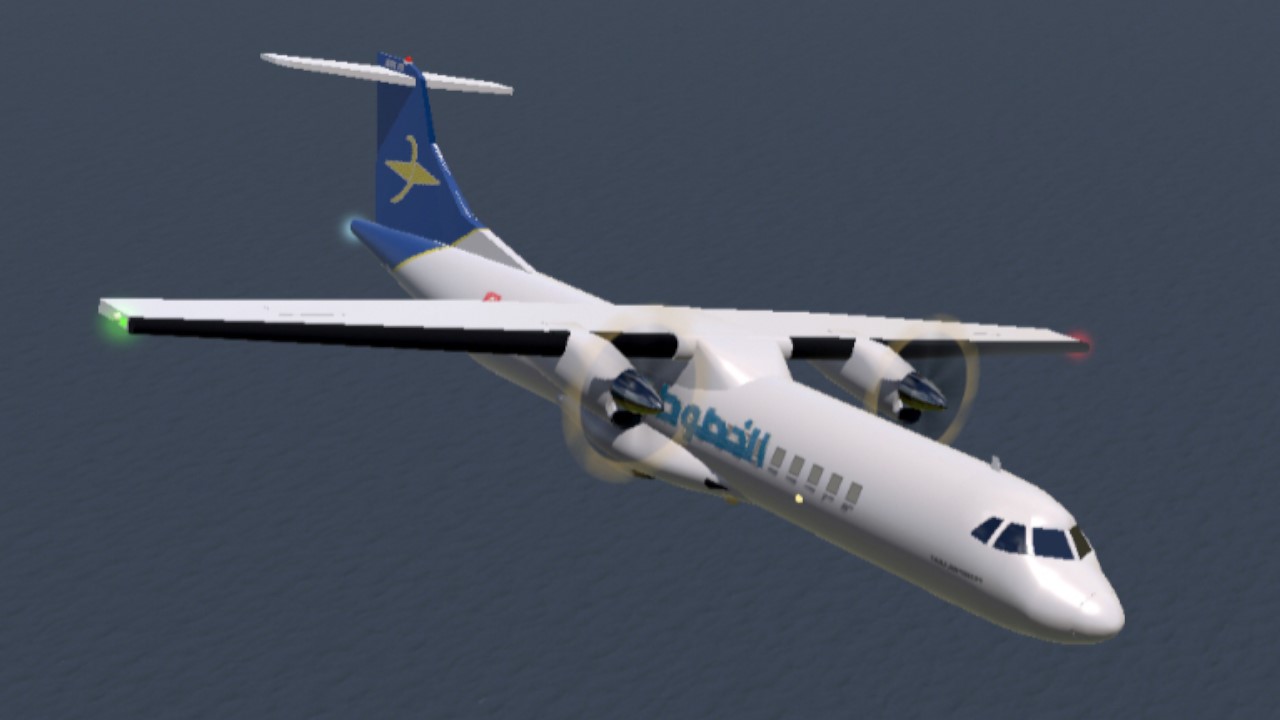
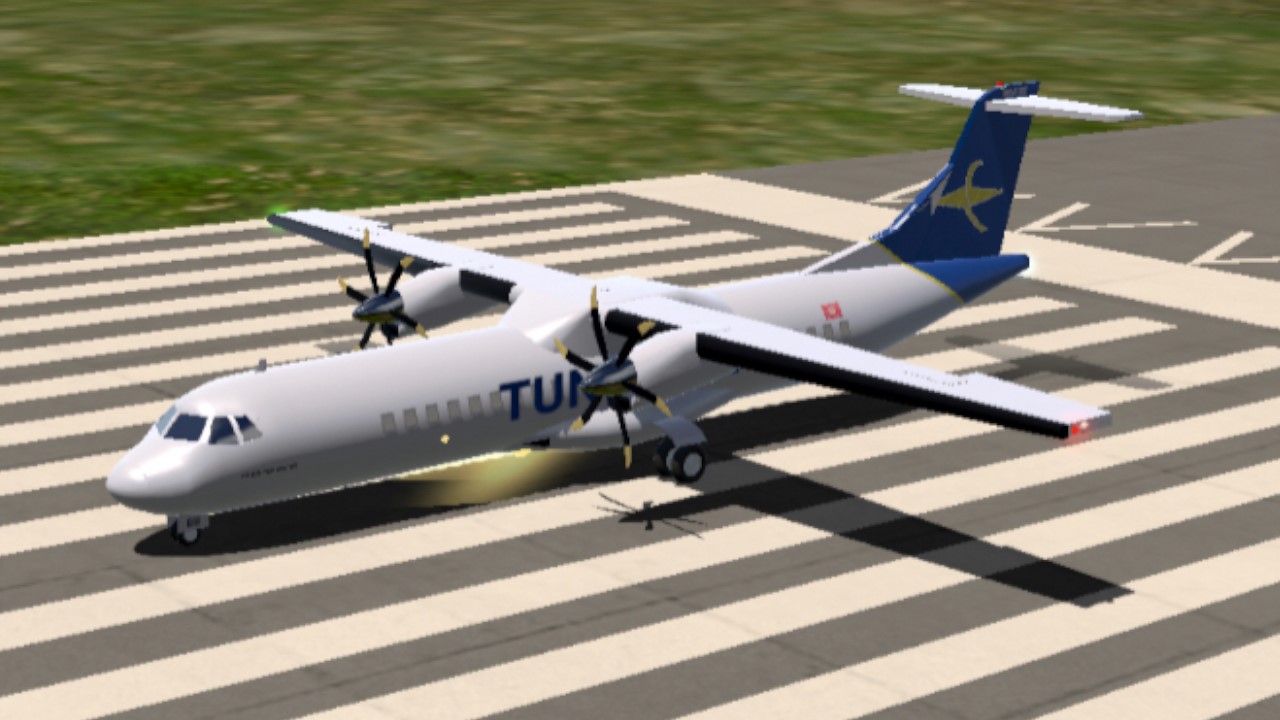

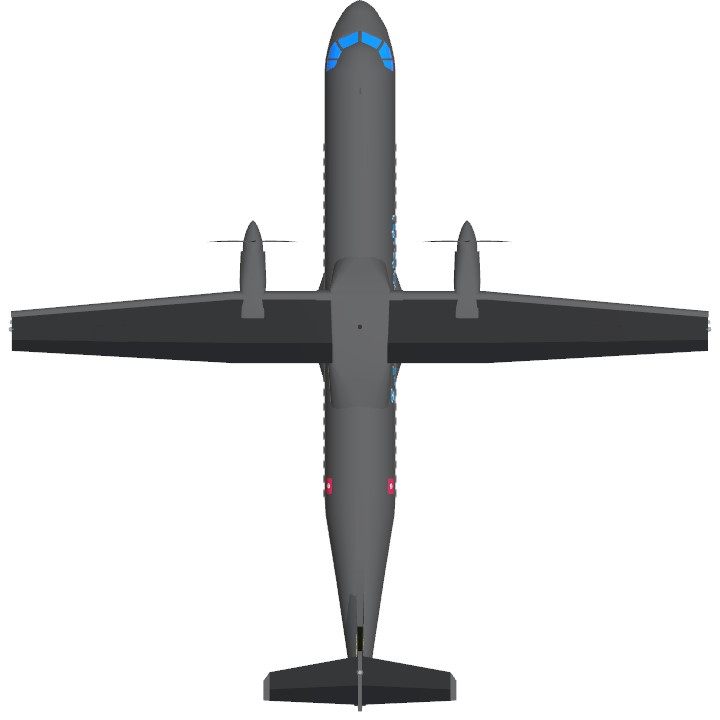
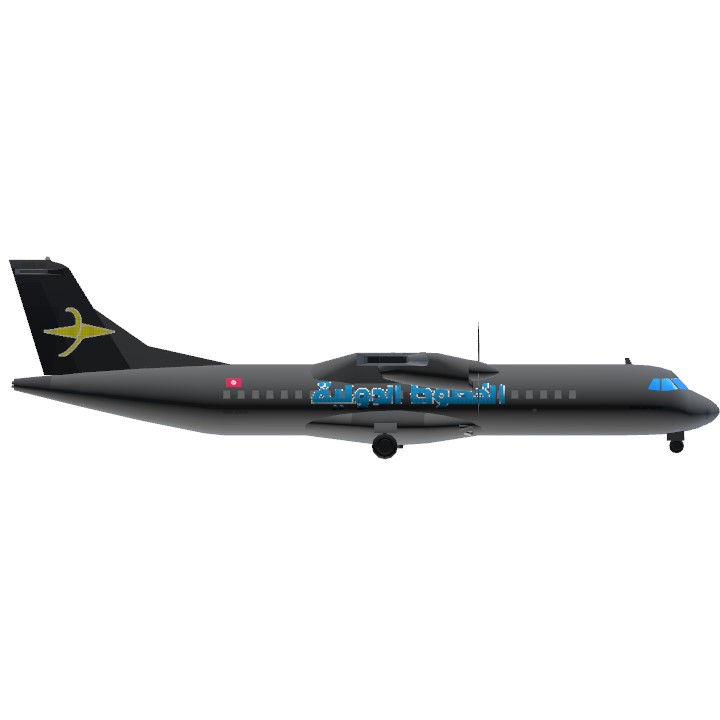
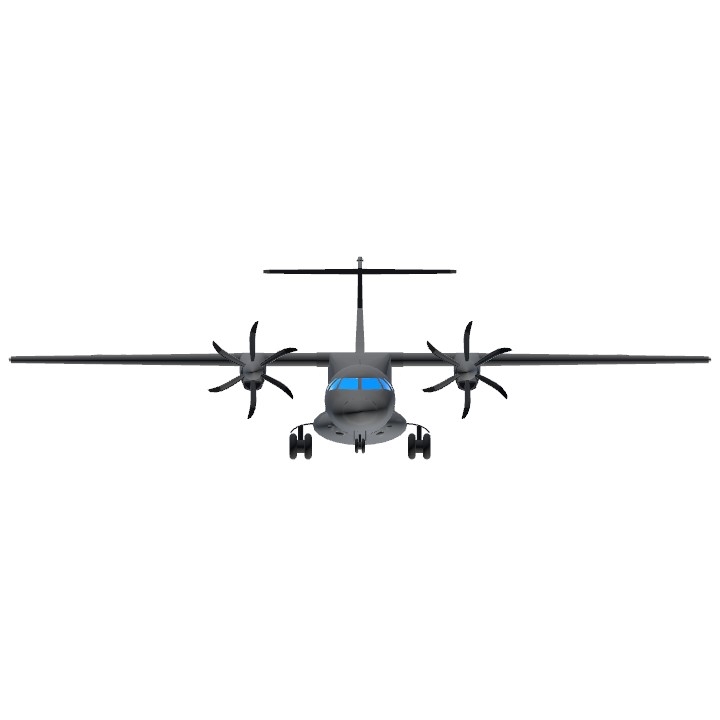
@DatFiat126Guy19 because i know what kind of variant of any planes.
@AirPhilippinesFlight541 nice correcting.
Error: the REAL atr 72 was actually the -202 variant and it has 4-bladed propellers while the AI version is the -600 variant and it has 6-bladed props! Bruh.
yeah!
@MAPA
@ZerkkZxe love ur pfp
the website is finally back to normal
Probably publishing bug